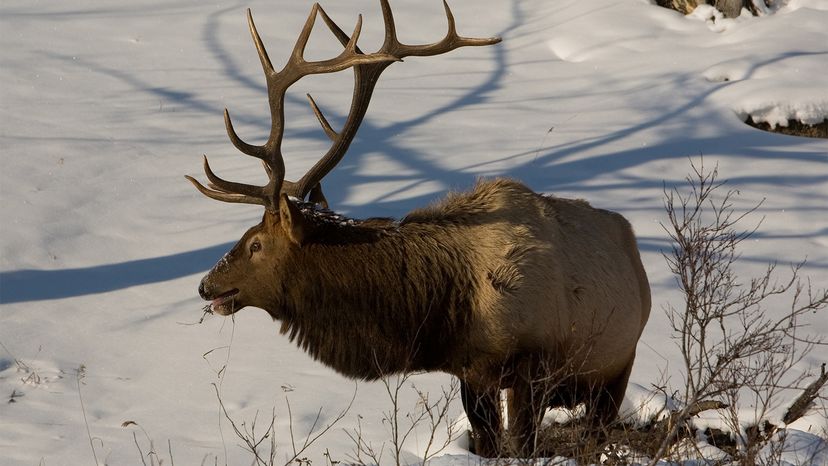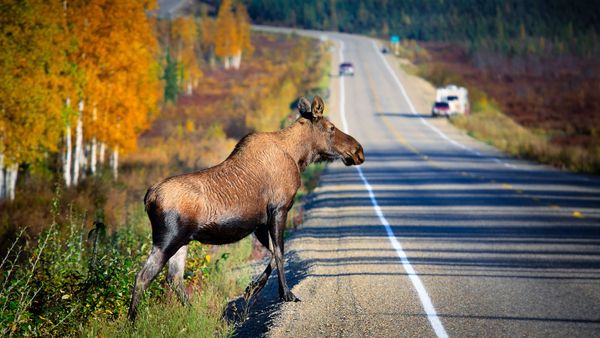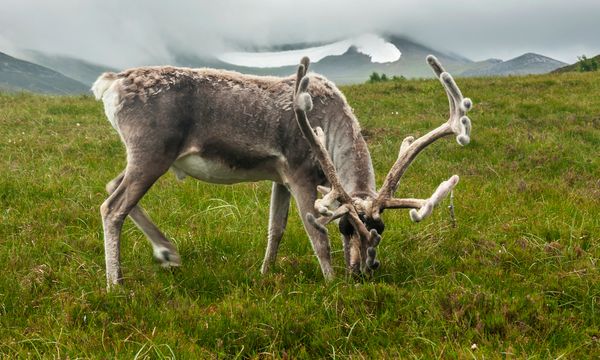According to the folks at Yellowstone National Park, elk are some of the most photographed animals in the park mostly because of those gorgeous antlers. But that's not the reason for the rack. Those antlers are literal lifesavers. Bulls spend all summer growing their antlers so they'll have them during the winter in order to fight off predators such as wolves and fight for dominance among the herd during crucial times in the elk life cycle. And that accounts for the aggressiveness.
In an email, Linda Veress, park spokesperson for Yellowstone, said elk can be aggressive any time of year if they feel threatened. "That said," she added, "it is important to be extra cautious during the calving season in the spring months of May and June. With predators such as bears, wolves, coyotes, and cougars around looking for a meal, cow elk must be vigilant and protective of their newborns. In September and October, bull elk are full of hormones during the rut (mating season), when they round up cow elk and fight each other."
Veress says that a charging bull elk can run up to 45 miles per hour in bursts, which is faster than the average human. With a rack of antlers spanning 6 feet and weighing 30 pounds, it's no wonder the park advises all visitors maintain at least a 25-yard (75-foot) distance from an elk. If an elk charges, the park advises you "seek shelter in a building, in your vehicle or behind a tall, sturdy barrier as quickly as possible."
Even without antlers, the sheer size of elk can make them dangerous, especially cow elk protecting their young. Because elk have become used to seeing humans, many elk will bed their young calves near buildings or cars while they graze nearby. This may seem surprising but it actually makes sense.
"Predators are wary of humans and may not come as close to developed areas," says Veress. "That said, elk are very protective of calves and will act aggressively toward humans who get too close."
Veress has firsthand experience of this from an encounter after leaving her office one afternoon.
"I was headed to my car and saw a blur out of the corner of my eye," she recalls, "It was a cow elk headed right for me. I am always careful during calving season, but did not see the baby elk up against the building about 20 yards (60 feet) away, blocked from view by a car. I jumped in my car and shut the door quickly. Once she saw I was not a threat, she went back to feeding. She was just protecting her young like she should!"


